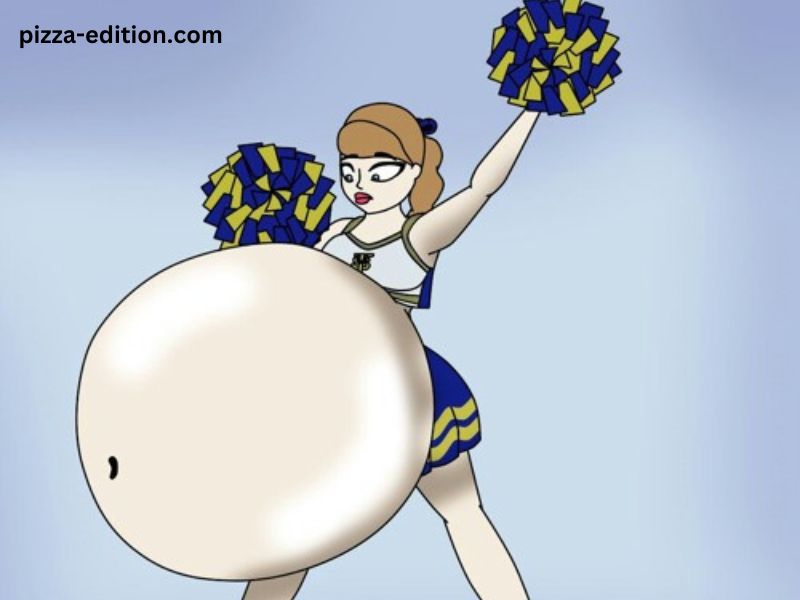In the vast landscape of internet culture, few phrases have garnered as much attention and controversy as “Shrek is love, Shrek is life.” This phrase originates from a short, animated video that surfaced in 2013, which parodies the beloved DreamWorks film “Shrek.” What began as a humorous meme quickly evolved into a cultural phenomenon that reflects the complexities of humor, fandom, and digital storytelling. In this article, we will explore the origins of “Shrek is love, Shrek is life,” its impact on internet culture, and its broader implications in the realm of fandom and community.
Origins of the Phrase
The phrase “Shrek is love, Shrek is life” can be traced back to a fan-made animation that combines elements of absurd humor and shock value. The video depicts a young boy expressing his love for Shrek, the titular character from the movie, in increasingly bizarre and graphic scenarios. This surreal juxtaposition of innocence and grotesque absurdity caught the attention of viewers, leading to its viral spread across platforms like YouTube and Reddit.
The original video was created by an anonymous user and is often categorized as part of the “creepypasta” genre—a style of internet storytelling that focuses on horror and surreal narratives. Its shock factor and the absurdity of the content allowed it to be easily shared and remixed, giving rise to numerous parodies, edits, and fan interpretations. This rapid dissemination is a hallmark of internet culture, where content can be transformed and recontextualized almost instantaneously.
The Memeification Process
As with many memes, the appeal of “Shrek is love, Shrek is life” lies in its absurdity. The phrase itself became shorthand for a kind of hyperbolic affection for the character of Shrek. It resonated with audiences who appreciated the blending of humor and horror, as well as those who were drawn to the absurdist elements that characterize much of internet culture.
Memes often serve as a commentary on the source material, and in this case, “Shrek is love, Shrek is life” operates on multiple levels. On one hand, it is a parody of the original film, which is often viewed as a family-friendly story about acceptance and love. On the other hand, it reflects the darker, more ironic humor that is prevalent in online communities, particularly among younger audiences who grew up with Shrek as a pop culture touchstone.
Cultural Impact and Legacy
The phrase quickly transcended its original video, embedding itself into the fabric of internet culture. It sparked discussions about fandom, the nature of humor, and the boundaries of artistic expression. It also illustrated how online communities can coalesce around shared interests, even when those interests might seem bizarre or transgressive to outsiders.
One notable aspect of the phenomenon is how it highlights the fluidity of fandom. “Shrek is love, Shrek is life” can be interpreted in various ways depending on one’s perspective. For some, it is simply a humorous meme; for others, it serves as a commentary on the commercialization of beloved characters and the absurd lengths to which fans will go to express their devotion.
Moreover, the meme has inspired a plethora of fan art, remixes, and merchandise, creating a subculture around it. This subculture often embraces irony and self-awareness, blurring the lines between genuine affection for the character and a tongue-in-cheek critique of the very idea of fandom.
The Role of Shrek in Modern Fandom
The character of Shrek has become emblematic of a certain type of nostalgia that resonates with a generation that grew up watching the films. Initially released in 2001, “Shrek” challenged conventional fairy tale tropes and offered a more cynical yet heartfelt take on love and friendship. As such, the character has become a symbol of subversion, making him a fitting subject for the absurdity of the “Shrek is love, Shrek is life” meme.
The dual nature of Shrek—as both an underdog hero and a figure of parody—mirrors the complexities of modern fandom. Fans often walk a fine line between celebration and critique, leading to a culture where irony reigns supreme. The meme captures this duality perfectly, allowing fans to express their love for Shrek while simultaneously poking fun at the very notion of that love.
The Impact on Creative Expression
The rise of “Shrek is love, Shrek is life” has also influenced how creators approach their work. The meme serves as a reminder that anything can be transformed into a vehicle for humor and commentary, regardless of its original intent. This has led to a flourishing of remix culture, where fans take existing works and recontextualize them to fit their own narratives or humor.
This remixing can be seen in various forms, from fan-made animations and music remixes to edited videos and spin-off stories. The creativity that emerges from such transformations highlights the participatory nature of modern media consumption, where audiences are not just passive consumers but active contributors to the narrative landscape.
Community and Identity
At its core, “Shrek is love, Shrek is life” is about community. The meme has brought together individuals who share a common interest in Shrek and absurd humor, creating a sense of belonging among fans. Online forums and social media platforms have become spaces for fans to share their interpretations, artwork, and remixes, fostering a sense of camaraderie.
This community aspect reflects a broader trend in internet culture, where shared interests can form the basis for identity. Many fans find solace in the knowledge that they are not alone in their affection for a character that, in a traditional sense, might seem absurd or outlandish to others. The phrase encapsulates a kind of collective experience that is both personal and shared, resonating with individuals on various levels.
Controversy and Criticism
Despite its popularity, “Shrek is love, Shrek is life” is not without controversy. The graphic and often disturbing imagery in the original video has drawn criticism for crossing boundaries of taste and decency. Some argue that such content trivializes serious themes and can be harmful, especially to younger audiences who may encounter it without context.
Critics have also pointed out that the meme can perpetuate toxic elements within fandom culture, where the line between appreciation and obsession becomes blurred. As with many internet phenomena, “Shrek is love, Shrek is life” serves as a reminder of the complexities and potential pitfalls of digital expression.
Conclusion
“Shrek is love, Shrek is life” has become more than just a meme; it is a lens through which we can examine the nature of modern fandom, humor, and community. Its absurdity and shock value have allowed it to endure in the ever-evolving landscape of internet culture, and it continues to inspire creators and fans alike.
In a world where the boundaries of creative expression are constantly being redefined, the phenomenon surrounding Shrek reminds us of the power of humor to connect people, challenge norms, and inspire creativity. As we look to the future, it is clear that the legacy of “Shrek is love, Shrek is life” will continue to influence the ways in which we engage with media, art, and each other. In the end, the phrase encapsulates a truth that transcends its absurd origins: love—whether for a beloved character or a shared experience—truly is a powerful force, even when wrapped in layers of irony and humor.




